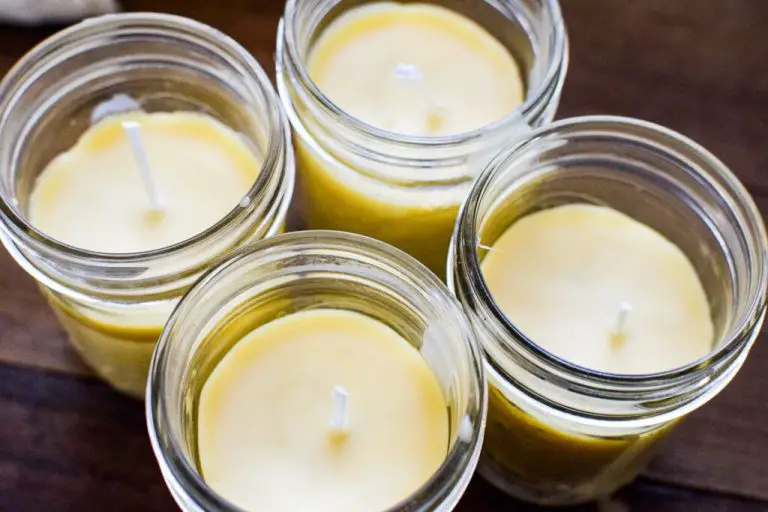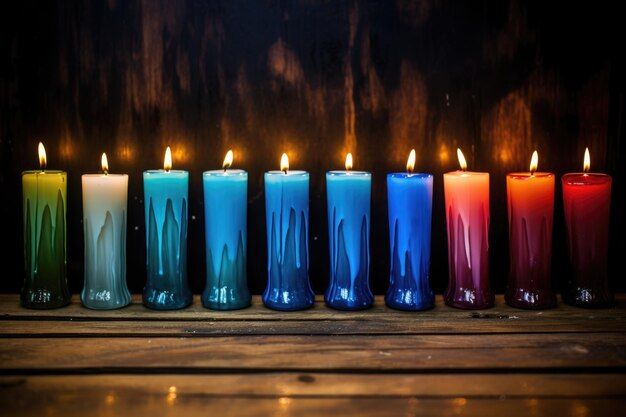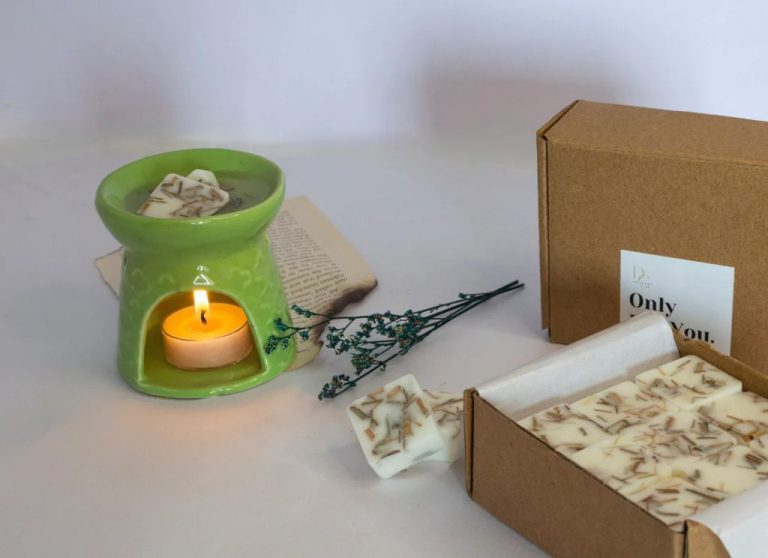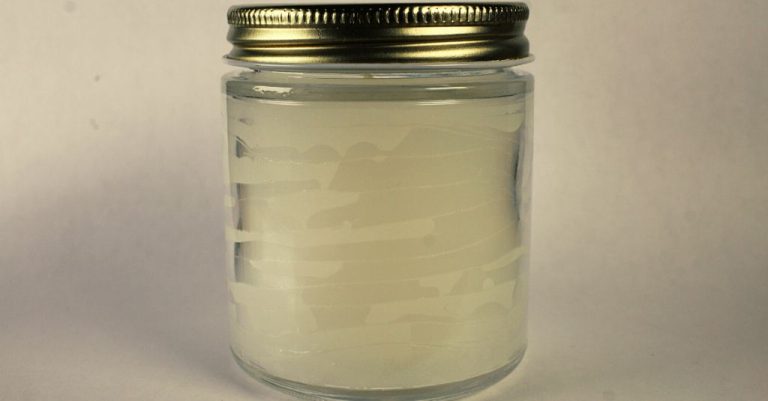What Are The Raw Materials For Button Making?
Buttons have a rich history stretching back thousands of years. According to Nancy’s Notions History of Buttons, early buttons were crafted from natural materials including bone, shell, and thorns. Ancient Romans used wood, horn, and bone to create buttons for their flowing garments, as noted by Crazy Crow History of Button Manufacture. Over time, buttons evolved to incorporate man-made materials like metal, glass, plastic, and more. Common raw materials used in button making through history include metal, wood, plastic, glass, shell, coconut, horn, leather, and others.
Metal Buttons
Metal is one of the most common materials used to make buttons. Metal buttons are valued for their durability, quality, and appealing appearance. There are several types of metals that can be used to make buttons.
Brass is a popular metal for making buttons. Brass is an alloy of copper and zinc. Brass buttons have a bright, golden color and a smooth appearance. Brass can be polished to a high shine or given an antiqued brushed finish. Brass buttons are very durable and resistant to tarnishing.1
Nickel is sometimes used to make buttons as well. Nickel provides a silvery color and resists corrosion. However, nickel can cause allergic reactions in some people. Nickel buttons may be plated with brass to reduce this risk. Still, nickel buttons are valued for their shiny, silvery appearance.
Iron can also be used to make metal buttons. Iron buttons provide a darker, muted gray color. They can develop a pleasing patina as they age. However, iron can rust if not properly treated and maintained. Overall, brass and nickel are more common than iron for modern metal buttons.
Plastic Buttons
Plastic is one of the most commonly used materials for making buttons today. There are several types of plastics that lend themselves well to button manufacturing including celluloid, acrylic, and polyester resin.
Celluloid was one of the first plastics used for buttons starting in the late 1800s. Celluloid is made from cellulose nitrate and camphor and provides a glossy, smooth surface for buttons. However, celluloid is highly flammable and has largely been phased out in button making.
Modern plastics like acrylic and polyester resin offer improved durability and safety compared to historical plastics. Acrylic plastic provides clarity, gloss, and UV resistance. Acrylic resin is a lightweight plastic that can be molded into diverse shapes and colors. Polyester resin buttons have high strength, luster, and versatility. The raw polyester material can be mixed with other additives to create buttons with unique visual effects.
In addition to their functional properties, plastics allow for innovative manufacturing techniques like injection molding to efficiently mass produce plastic buttons.
Wood Buttons
Wood is one of the most popular materials for making buttons. Wooden buttons have a natural, organic look and feel that works well for a variety of craft projects. Some of the most common types of wood used for buttons include maple, walnut, and cherry.
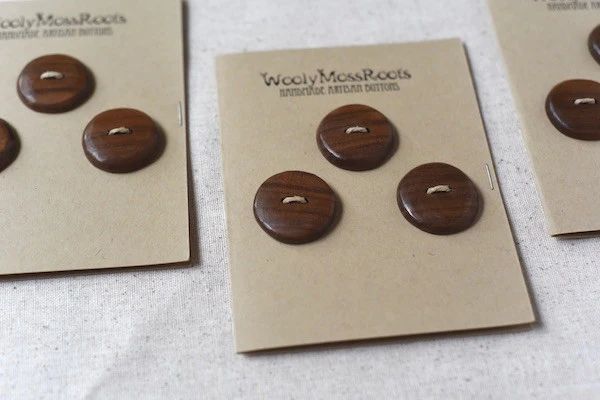
Maple is a versatile hardwood that can range in color from pale yellow to reddish brown. It has a smooth, fine grain that looks attractive when made into buttons. Maple buttons work well for clothing like shirts, jackets, and coats. According to the Wooden Buttons Made in the USA for sewing and crafts website, maple buttons are made by laminating together many thin sheets of maple veneer and pressing them under high pressure [1].
Walnut is a popular choice for wooden buttons due to its rich brown color and visible grain patterns. It has a smooth texture and polishes to a lustrous sheen. The deep chocolate tones of walnut complement autumnal color palettes. Walnut buttons stand out when used on sweaters, bags, blankets, and other rustic accessories. Based on the Meet the Woods 8 Natural Wood Buttons listing on Pinterest, walnut is one type of wood commonly used for handmade wood buttons [2].
Cherry is a reddish-brown hardwood that darkens and takes on a richer hue with age. It has a fine, straight grain that gives it an elegant look. The smooth texture and warm undertones of cherry wood make it well-suited for buttons on dress shirts, pillows, and upholstered furniture. According to the Wooden buttons | bamboo | wood | toggle page, cherry is one of the many types of wood used to create wooden buttons [3].
Glass Buttons
Glass has been used to make buttons for centuries. The raw material for glass buttons includes silica sand, soda ash and limestone. These ingredients are heated to extreme temperatures to produce molten glass that can then be shaped into buttons.
There are two main types of glass buttons:
Clear Glass
Clear glass buttons are made from transparent glass that allows light to pass through. These buttons have a sleek, elegant look and work well for dress shirts and formal wear. Clear glass can be cut into various shapes like circles, ovals, squares and more.Buttonbird offers a wide selection of clear glass buttons made by artisans around the world.
Colored Glass
Adding minerals and metal oxides to molten glass produces colored glass buttons. Vintage colored glass buttons from the Czech Republic are especially prized by collectors and crafters. These buttons come in vibrant hues like ruby red, sapphire blue and emerald green. Mood Fabrics has an extensive selection of Czech glass buttons available in different sizes and colors.
The raw materials used to produce beautiful glass buttons include sand, ash and metal oxides. Glass can be molded into an endless variety of buttons that add color and shine to clothing and craft projects.
Mother of Pearl Buttons
Mother of pearl buttons are made from seashells, specifically from the iridescent layer on the inside of certain mollusk shells (Source). The most common shells used include abalone, trout shell, mussel shell, and mother of pearl oyster shell. These shells are prized for their lustrous, shimmering inner layer called nacre that produces an iridescent effect with rainbow-like colors.
Mother of pearl buttons became popular in the 1800s during the Victorian era. At one point in the early 1900s, the United States was the world’s largest producer of mother of pearl buttons (Source). The growing plastics industry later contributed to the decline of natural mother of pearl buttons. However, they are still valued today for their beauty and remain sought after for formalwear, couture fashion, and vintage reproduction garments.
Coconut Buttons
Coconut buttons are made from the outer shell of coconut husks. The coconut palm grows abundantly in tropical areas, making coconut a plentiful and readily available material for button making in these regions. According to Button Logic 1, “The shell of the coconut is generally strong by nature, and the beautiful natural color make this a great choice for casual shirts and pants.”
Coconut shell is already very hard, so coconut buttons maintain their shape well under pressure. The natural fibers provide strength while allowing the buttons to be carved into interesting shapes and designs. According to Akindcloth, “Coconut buttons made from the outer shell of the husk. They are considered sustainable as the outer shells are generally a waste-byproduct of the food industry.” Using a waste material to create buttons reduces waste and provides income to coconut farmers in tropical regions.
With their natural tan color, coconut buttons offer an organic, tropical look. They pair well with linen and other natural fabrics. Coconut buttons are also very lightweight. These attributes make coconut buttons popular for casual warm-weather clothing.
Horn Buttons
Horn buttons are made from the actual horns and hooves of animals such as cattle and buffalo (Sources: Understanding Natural Buttons, Part 1: Horn Buttons, What are horn buttons and why does your suit need them?, Bone & Horn – BUTTONS). The horns and hooves are made of keratin, an extremely strong protein that makes them durable and long-lasting as buttons. The most common sources for horn buttons are cattle and buffalo.
Cattle horn is usually black or very dark in color. It is obtained from cows after they are slaughtered for meat. The horns are cleaned, shaped and then polished into buttons. Cattle horn buttons have been used for centuries on suits and other garments because of their classic, natural look and feel (Sources: Understanding Natural Buttons, Part 1: Horn Buttons, What are horn buttons and why does your suit need them?).
Buffalo horn can range from black to brown or blond in color. The horns come from water buffaloes native to Asia after they are culled or die of natural causes. The horn is boiled and processed into blanks for making buttons. Buffalo horn buttons have beautiful striations and patterns that make each one unique. They are prized for their smooth surface and attractive appearance (Sources: Bone & Horn – BUTTONS, Understanding Natural Buttons, Part 1: Horn Buttons).
Leather Buttons
Leather is a popular material for making buttons. Two common types of leather used are cowhide and deerskin.[1]
Cowhide leather is thick, durable, and inexpensive. It comes from the hides of cows and is available in many colors. Cowhide leather buttons have a rustic, rugged aesthetic that works well for coats, jackets, and other outdoor apparel. These buttons are very sturdy and hold up well to frequent use.[2]
Deerskin leather buttons have a softer, more supple feel. Deerskin is naturally porous and allows the button to breathe. It has an attractive pebbled texture. Deerskin buttons are elegant and have a refined look suitable for suit jackets, blazers, and formalwear. They are smooth to the touch. Deerskin is thinner than cowhide but still durable.[3]
Whether rugged cowhide or elegant deerskin, leather buttons add natural beauty and timeless style to any garment.
Conclusion
In summary, the most common materials used for button making include metals like brass and steel, plastics such as polyester and cellulose acetate, natural materials like wood, coconut shell, and mother of pearl, and glass. Looking at sustainability, metal and glass buttons tend to be the most durable and long-lasting. Wood and coconut buttons are renewable plant-based options. Plastics vary in their environmental impact, with some more eco-friendly options now available like recycled polyester. When sourcing buttons, it’s important to consider the ethics and sustainability of different materials. Reusing vintage buttons is also an eco-friendly option. Overall, buttons can be designed and crafted in many creative ways while minimizing waste and environmental harm.

